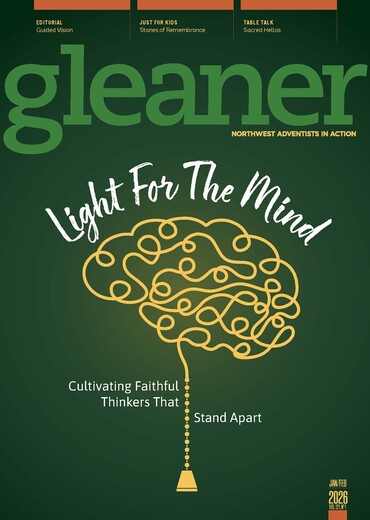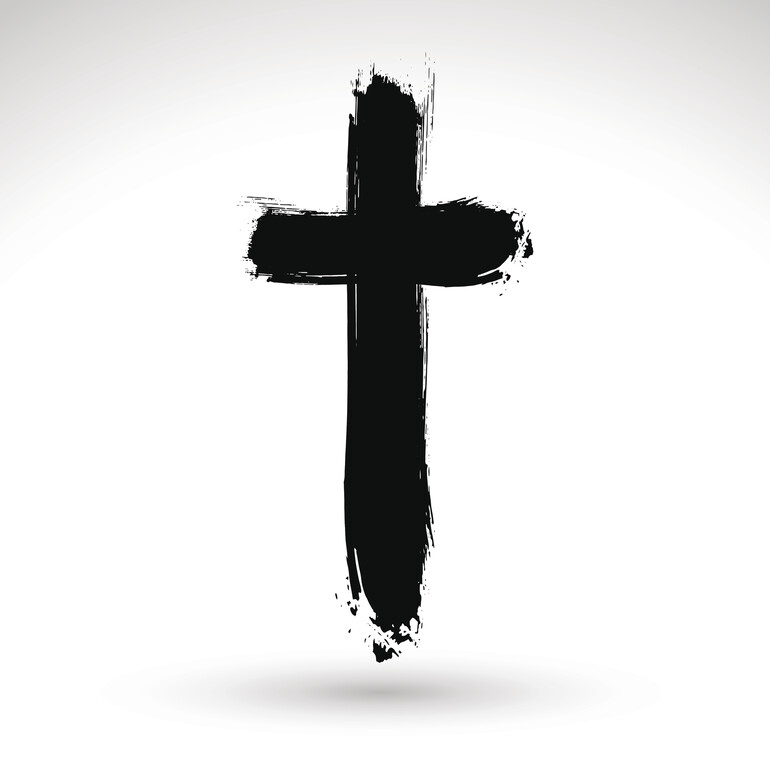Nothing heralds a holiday like stores loading their shelves with celebration-specific sweets three months prior to said holiday. The day after Halloween, Christmas candy is placed on display, the day after Christmas we are treated to Valentine’s Day candy, and after V-Day sugary Easter goodness glistens and beckons for us to consume it.
My personal favorite is Cadbury’s chocolate eggs. The bite-sized chocolate covered in a crisp candy shell. The texture of that candy shell crunching in my mouth is a delight I wait the entire year for.
However, in the past couple years my Easter sweets shopping binge has been bothered by a bonbon from the factories of Hershey.
The chocolate cross.
This cruciform confection bothers me every year as I hoard mounds of Mounds in the shopping cart. It took some reflecting to unpack why this specific sweet created angst in my soul. Initially it was the obvious — it’s a chocolate version of a torture device. I wondered why Target and Wal-Mart don’t carry a whole line of cocoa cruelty devices to serve for dessert: chocolate electric chairs, guillotines and nooses. Chocolate noose, anyone? However, another thought struck me as I read the crucifixion account in the Gospels.
From historical records, including the New Testament, we know Jesus would have had large spikes driven through His hands and feet. We know that a crown of thorns gouged the flesh around His skull. We know the design of the cross was meant to not only inflict extreme pain but also asphyxiate the one bring crucified. Naturally this was all done in front of an onlooking crowd who could taunt and yell a variety of helpful things like, “Why don’t you save yourself?” Doesn’t make me think of chocolate.
Matthew's Gospel records, “Pilate said to them, 'You have a guard of soldiers. Go, make it as secure as you can.' So they went and made the tomb secure by sealing the stone and setting a guard” (Matt. 27:65–66). A systematic move by those in power to make sure hope stays dead.
While Jesus is only in the tomb for a few days, time is relative when you are grieving. How long is the day after the funeral of a loved one who dies tragically? When all the well-wishers and ceremonies are over, and you are left with only misery as your companion? A day spent without hope is a never-ending day, yet based on most church mailings around Easter season, you’d think the cross and the tomb were a breeze — what matters is the resurrection, not what happened before.
Let me acknowledge Scripture is very clear that without the resurrection our faith is worthless (see 1 Cor. 15:13). But the temptation for Jesus before the resurrection was to avoid the cross (see Luke 4). Matter of fact, the temptation of Jesus in the wilderness mirrors the taunts of the crowd: Just demonstrate divinity and avoid dying. Even Peter had the audacity to rebuke the Lord when Jesus mentioned death (see Matt. 16:22). It’s not a new problem; however the problem appears to have intensified.
In Aldous Huxley’s novel Brave New World, Mond extols the benefits of “Soma,” which medicates the human race against pain, thus creating a “Christianity without tears” — meaning a dehumanized life of numbing pleasure where people don’t think, feel or express deeply.
Iin his book Where Is God When It Hurts? Philip Yancey observes, “The typical American response to pain is to take an aspirin at the slightest ache and the slightest pain” (p. 40). Going further, he writes, “We moderns have cut ourselves off from the stream of human history, which has always accepted pain as an integral part of life” (p. 57).
We are so far removed from pain and struggle we turn crosses to chocolate. Our witness suffers when we make no room in the Christian life to acknowledge suffering. Not everyone comes to church glowing with the glory of God. Author Otis Moss says too often the world preaches a “happy Sunday” while the world experiences a “stormy Monday” (p. 4). The danger is not only diminishing the sacrificial love of Jesus, but also removing space for those who hurt. It creates an artificial heaven on Earth with no time for acknowledging grief and pain and diminishes those moments where we experience a desire for the blessed hope that will make the world better than chocolate.
No one likes suffering — including God. Yet, the seasons of suffering must be acknowledged. They have their own way of helping us be honest with the world and to see those who may not always have a life as easy as ours. They remind us of Christ’s sacrificial — a love willing to embrace the ugly parts of existence just to have a relationship with us. And maybe by making room to acknowledge the days we feel crucified or trapped in a tomb, we can create a deeper sense of community as we uplift one another and journey together.
1. Aldous Huxley, Brave New World (New York: Harper, 1950).
2. Otis Moss III, Blue Note Preaching in a Post-Soul World: Finding Hope in an Age of Despair (Louisville, Ky.: Westminster John Knox, 2015).
3. Philip Yancey, Where Is God When It Hurts? (Grand Rapids, Mich.: Zondervan Publishing House, 1997).










